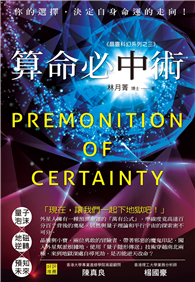Acts of Seeing, Ways of Knowing refracts the nineteenth and twentieth centuries history of India through reception of the first two ’mass’ forms of visual culture, photography and posters (those with the capacity to produce multiple copies). India’s responses to a changing public world are revealed, intriguingly, through this visual-culture repertoire. Production and consumption of these material objects revolve especially around visual culture’s capacity to prompt and express identity-narratives that draw on the nexus of a dramatic expansion of consumption practices with individual efforts to construct meaning by collecting, displaying, designing, and interacting with mass-produced materials. They emerge as markers of those intending to be good, modern, citizens, who are drawn, significantly, from both middle- and lower-class/caste participants.
| FindBook |
有 1 項符合
Acts of Seeing, Ways of Knowing: Visual Culture in the Making of Modern India的圖書 |
 |
Acts of Seeing, Ways of Knowing: Visual Culture in the Making of Modern India 作者:Freitag 出版社:Primus Books 出版日期:2025-04-01 語言:英文 規格:精裝 / 436頁 / 23.39 x 15.6 x 2.87 cm / 普通級/ 初版 |
| 圖書館借閱 |
| 國家圖書館 | 全國圖書書目資訊網 | 國立公共資訊圖書館 | 電子書服務平台 | MetaCat 跨館整合查詢 |
| 臺北市立圖書館 | 新北市立圖書館 | 基隆市公共圖書館 | 桃園市立圖書館 | 新竹縣公共圖書館 |
| 苗栗縣立圖書館 | 臺中市立圖書館 | 彰化縣公共圖書館 | 南投縣文化局 | 雲林縣公共圖書館 |
| 嘉義縣圖書館 | 臺南市立圖書館 | 高雄市立圖書館 | 屏東縣公共圖書館 | 宜蘭縣公共圖書館 |
| 花蓮縣文化局 | 臺東縣文化處 |
|
|
圖書介紹 - 資料來源:博客來 評分:
圖書名稱:Acts of Seeing, Ways of Knowing: Visual Culture in the Making of Modern India
|











